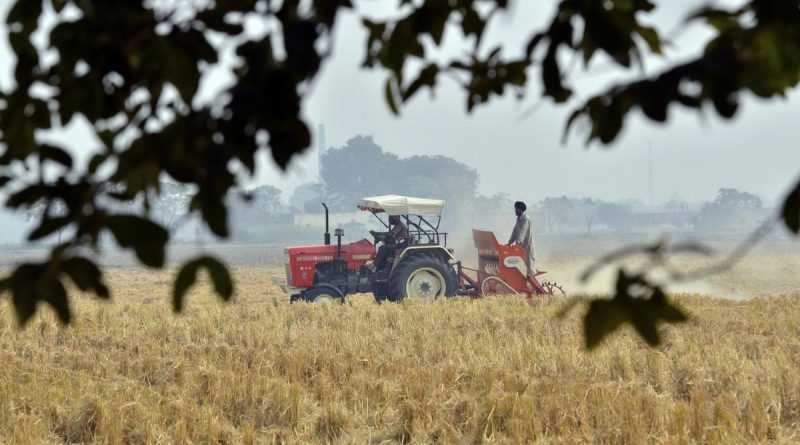As the Global Population Reaches 8 Billion, What Does That Mean for Food Security?
Drew Starbuck
Staff Writer
The dangers of a rapidly increasing world population amidst a consistent decline in the Earth’s natural environment cannot be understated as humanity progresses further into the 21st century. As the world’s population passes the tipping point of eight billion people, it is important to contextualize the relationship between population growth and food security that underpins the entire concept of sustainable development.
Calls for population control in order to preserve the climate tend to ignore the elephants in the room: the current scale of the global food distribution system’s production and the inherent limits of such an inequitable system. The United Nations Department of Economic and Social Affairs points out that global growth in agricultural production has exceeded the increase in the global population. Based purely on the numbers, there is enough food to feed the world’s entire population. Nevertheless, food insecurity persists, and will likely worsen, due to the inequities of the distribution system and its damage to the environment.
According to the Union of Concerned Scientists, food security is when an individual has physical, social, and economic access to safe and nutritious food that meets their preferences and dietary needs at all points in time. Therefore, there are several different tiers of food security that need to be satisfied over not just a short duration, but an individual’s lifetime. The World Bank reported during the 1996 World Food Summit that there are four main dimensions to food security: the physical availability of food which is covered by the supply side of production, economic and physical access to food, food utilization, and the active accomplishment of these prior dimensions consistently over time. Unfortunately, the production system has experienced several shocks, such as the conflict in Ukraine, the extreme impacts of climate change already impacting vulnerable sections of the globe, and economic downturns caused by the outbreak of COVID-19. The Food and Agriculture Organization of the United Nations maintains that the world has not made substantial efforts to ensure sufficient food security for the global population or eradicate malnutrition.
Without bold actions to address the underlying issues of food insecurity, malnutrition, and unequal access to food, hunger will continue to be a global issue far beyond original predictions. The Population Reference Bureau (PRB) released a report which focused specifically on food security in East Africa and discussed population growth as one of several demographic factors contributing to the overall food insecurity in the region. It also assessed the roles urbanization, changes in consumption patterns and employment, the HIV/Aids epidemic, and COVID-19 played in worsening food insecurity. PRB explains that “demand for food is projected to double by 2030 and 20 percent of that increase is attributed to population growth.” Similarly, the World Bank Project adds that the high food prices and trade restrictions triggered by the Russo-Ukraine War have unleashed a global crisis that is driving millions toward poverty and malnutrition.
The World Bank Project’s response to the ongoing crisis has been addressing the imbalances and inequities in the system by encouraging food and fertilizer production, enhancing existing systems, providing greater trade, and supporting vulnerable households and producers. A particular emphasis should be placed on reducing food waste through restoring and improving storage facilities and improving efficiency in fertilizer production. This international response, estimated to cost around $30 billion over the next 15 months, is focused on nutrition, agriculture, irrigation, and social protection. These are the responses needed on a wider scale and a longer timeline to address the current inequities and limitations of the global food production system. The world has reached a turning point in reaching a population of more than eight billion people, and the essential nature of these responses is paramount. Overall, recent instabilities have rocked the global economy and revealed the underlying food security issues. It is up to governments and international institutions across the world to come together to address these issues as society looks toward the future.
Image courtesy of CIAT

